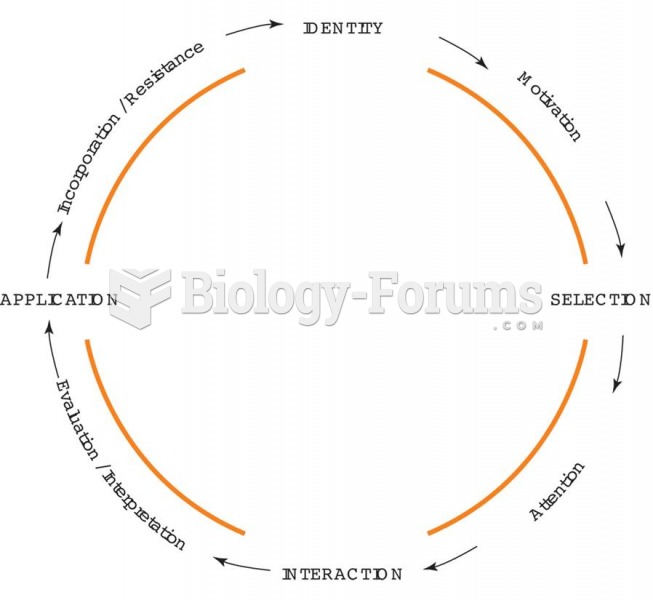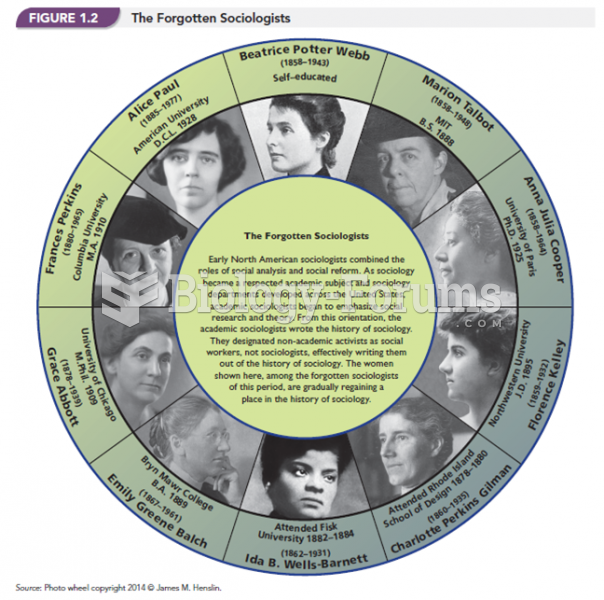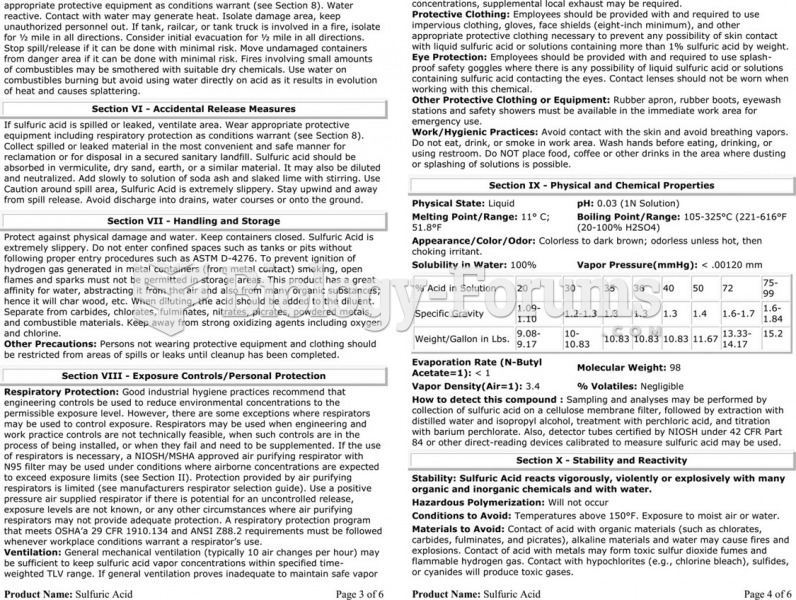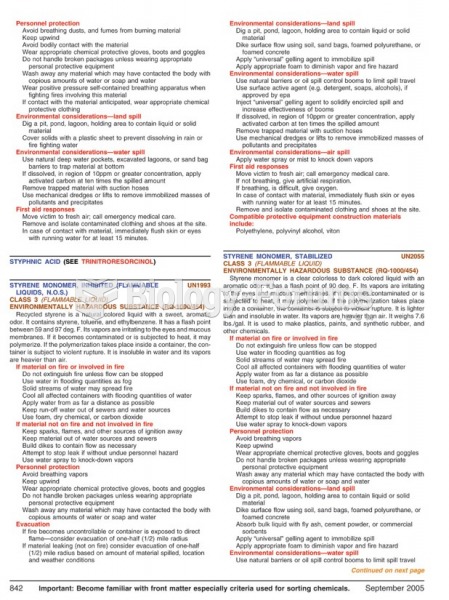|
|
|
Earwax has antimicrobial properties that reduce the viability of bacteria and fungus in the human ear.
Hypertension is a silent killer because it is deadly and has no significant early symptoms. The danger from hypertension is the extra load on the heart, which can lead to hypertensive heart disease and kidney damage. This occurs without any major symptoms until the high blood pressure becomes extreme. Regular blood pressure checks are an important method of catching hypertension before it can kill you.
The Romans did not use numerals to indicate fractions but instead used words to indicate parts of a whole.
Lower drug doses for elderly patients should be used first, with titrations of the dose as tolerated to prevent unwanted drug-related pharmacodynamic effects.
Everyone has one nostril that is larger than the other.







